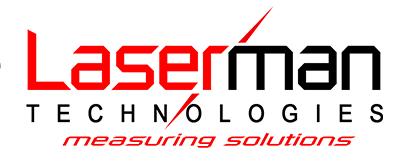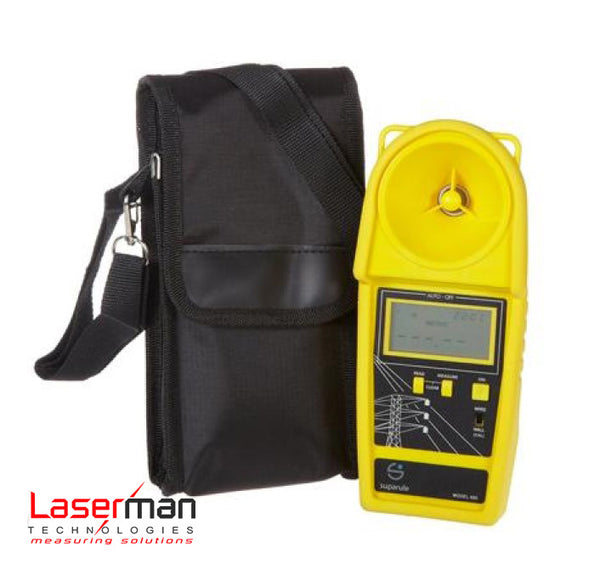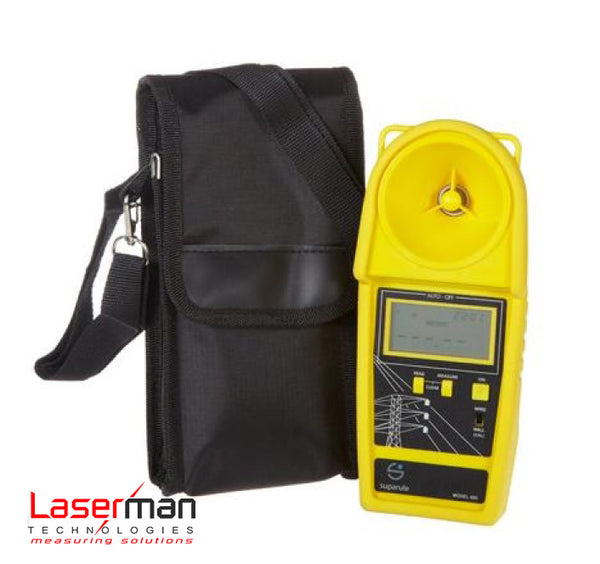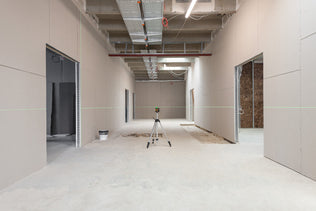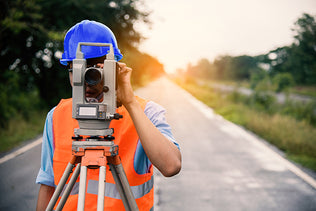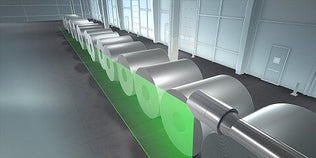The developers of EUV lithography have also been nominated for the German Future Prize. With this technology, the production of tiny microchips suddenly becomes possible.
Microchips have long been a fundamental part of our everyday life. Hardly anyone questions the fact that we can call up and send huge amounts of data in fractions of a second - for most people, a grip in their trouser pocket is enough to hold one of the powerful computing chips in their hands. Hardly anyone can say how manufacturers are making our smartphones smaller and lighter, but still more powerful.
Transistors are an essential part of the central control chip. This is the only way the smartphone can work, open websites or perform arithmetic operations. The more transistors, the more calculations can be done.
The transistors that determine the processing power of computer chips are getting smaller every year. This process is further accelerated with EUV lithography.
Microchips are becoming more and more powerful
“In 1970 we had around 1,000 transistors on a chip, and if we look now, smartphone, the latest generation, then you have 10 billion transistors on a chip that is smaller than your fingertip. And that's what it's all about. To produce more powerful chips that also consume less energy and are more cost-effective, and all this at the rate that the number of transistors is doubled every two years. "
Dr. Peter Kurz, Head of EUV Development, Carl Zeiss AG
This is how Peter Kurz puts it, who works at Carl Zeiss AG in Oberkochen on the development of a new technology called EUV lithography. It can be used to build chips that are even smaller and more capable than before.
International cooperation enables progress
For this work, the optics and electronics group Zeiss, the laser manufacturer Trumpf from Ditzingen, the Fraunhofer Institute IOF from Jena and the Dutch group ASML have jointly nominated for the German Future Prize, which is personally awarded by the Federal President. Zeiss, Trumpf and ASML do not design the computer chips, but rather the devices with which the tiny chips are manufactured. ASML builds the machine, Trumpf builds the laser and Zeiss builds the optical system.
Here is the original article.

